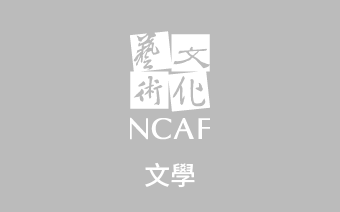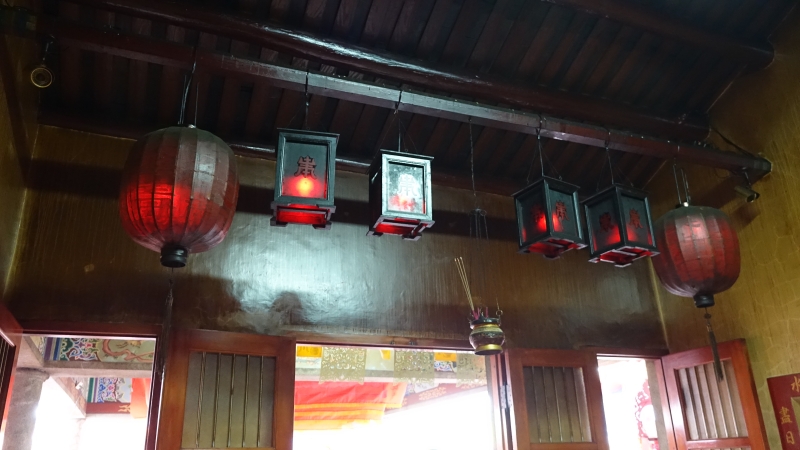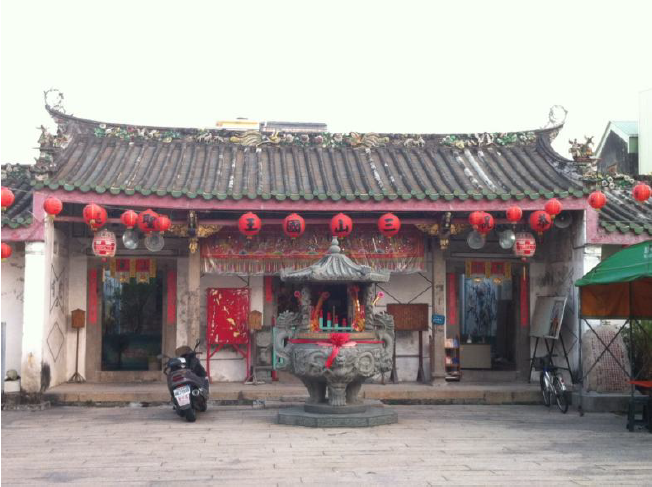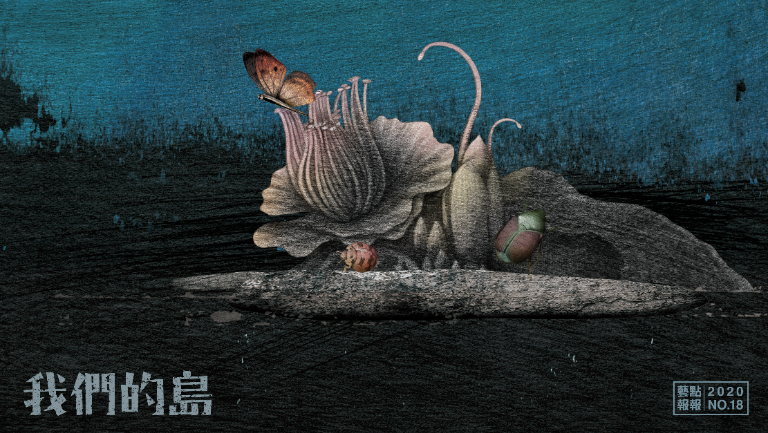Taiwan is an island nation located at the intersection between the Pacific Ocean and the Eurasian Plate. Ethnic migration, trade and commerce, and strategic importance endow it with a unique, irreplaceable value. Combined with pleasant climate, a geography that ranges from high mountains to plains, ocean to rivers, abundant crops and aquatic foods, and historical twists and turns, these make Taiwan an excellent place for human habitation. Various regimes have ruled Taiwan at different times since the beginning of its recorded history, with different ethnic groups farming and developing the land, leaving behind a heterogeneous landscape across the island nation.
"Landscapes" are the product of interactions between peoples and the environment, a sensory feast amidst everyday life. Ruins and objects unearthed in different places since prehistory tell stories forgotten by texts. For instance, Modern Poetry Creation Project of Local Archaeological Remains and Cultural History in Taiwan by Kai-Wen Tsai uses modern poems to incorporate and transmit several discoveries of cultural significance in Taiwan's literary tradition: the Liangdao Man found in the Matsu Islands, which subverted our conception of the Austronesian peoples' antiquity; the Chuping Archaeological Site in Nantou, evocative of myth and legend; and the ancient pottery and stoneware excavated in Changhua's Niupu Site.
Other than Austronesian culture buried underground, the Tao (Yami) people stand out among the 16 officially recognized indigenous peoples in Taiwan for their close relation to the sea. The Survey Project of Traditional Cultural Landmarks in Pongso no Tao (Orchid Island) by Ching-Hsien Wang and Tao (Yami) Traditional Residence Survey and Research by the Ding-Zi-Ku Culture Arts and Humanities Studio studied the Iraraley and Ivalino indigenous communities in Pongso no Tao (Orchid Island), respectively. Their work consisted mainly of compiling traditional place names, surveying traditional ceremonies and residence construction materials and techniques, and interviewing traditional residence craftsmen. The goal is to document the island's culture in detail to help it gain more attention. In addition to the ocean, in History Written by Forests and Mountains—'Taipingshan Literary Periodical' Research Writing Project, Yi-Fen Chung goes through every branch and leaf in Taipingshan's forests, comprehensively and meticulously piecing together the literary landscape of the forestry industry and forest resources through literary creation.
Prehistory and the journey of the Austronesian peoples overlap in historical memories, lingering amidst the sea and mountains. The river of history widened its banks after Han Chinese people began to cross the "Black Ditch" to settle Taiwan in the Qing era. 'Kong-Tshu' Buildings in the Daofeng Inner Sea and Taikang Inner Sea Area by Song-Di Huang, Study Exploring the Hakka Map and Cultural Formation in the Greater Tainan Area by Shiu-Chao Lin, and Development History of Hakka People in the Laonong River Basin—Using Liugui and Taoyuan as Examples by Shiu-Chao Lin describe how after migrating from their ancestral homes, the Hoklo and Hakka peoples brought their religious beliefs and daily habits to Taiwan, adapting them to local conditions. The hard work of later immigrants to Taiwan is also an inextricable part of this land's history.
Taiwan grew in diversity in the Japanese colonial era and even after World War II due to different political and economic reasons. Shared Spaces, Diverse Memories: Exploring the Cultural Landscape of the Nanjing Sugar Refinery by Yun-Ju Chen and Lost Underground Memories: Oral History Survey and Geographic Inventory of Miners in Houtong's Mining Industry by Yi-Ni Lee examine abandoned industrial sites and complexes to gather the stories of diligent blue-collar workers, whose arduous work propelled Taiwan's economic development and gradually built the progressive zeitgeist. In Urban Imagination and Reconception: Representation of 'Cities' in Taiwan's 1960s Films, Yen-Hsuan Huang shows a different perspective, reflecting on urban imagery in cinema: is it as beautiful as most imagine, or is it merely a financial report representing the power struggle of capitalists?
Whenever you admire a sight in a corner—a tapestry of Taiwan's history, try to imagine the sweat and tears that went behind the interaction of ethnic groups and nature. Every moment, keep in mind the sustenance that the land of Taiwan provides us.
*Translator: Linguitronics










